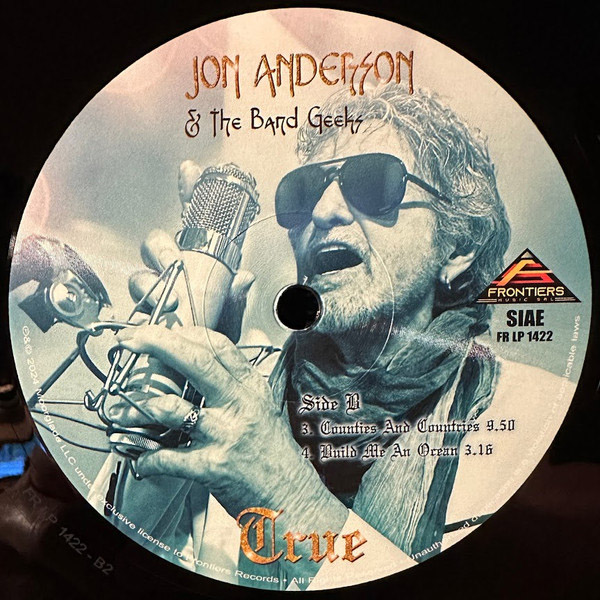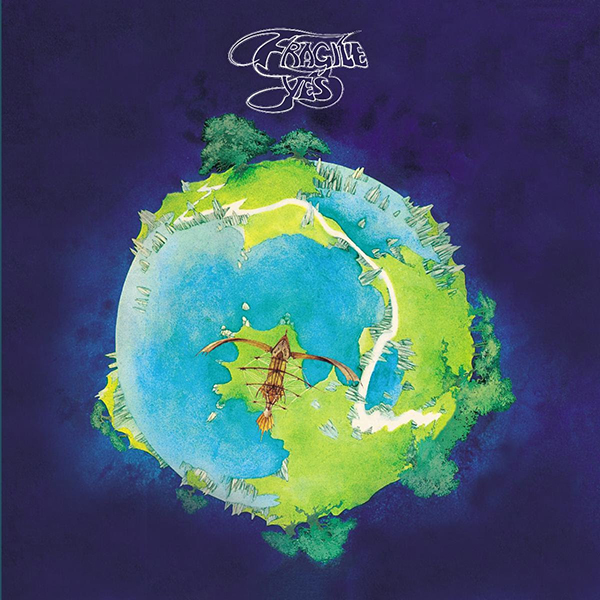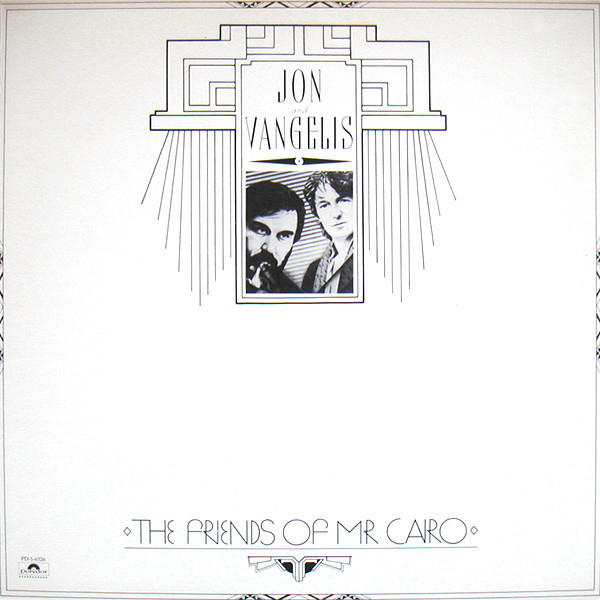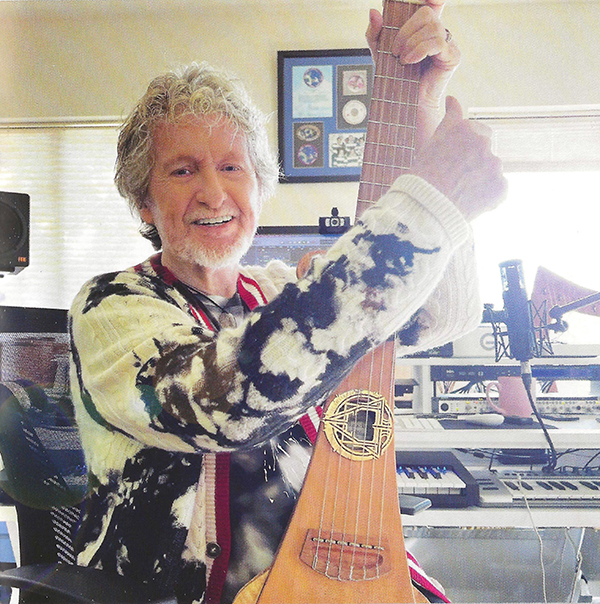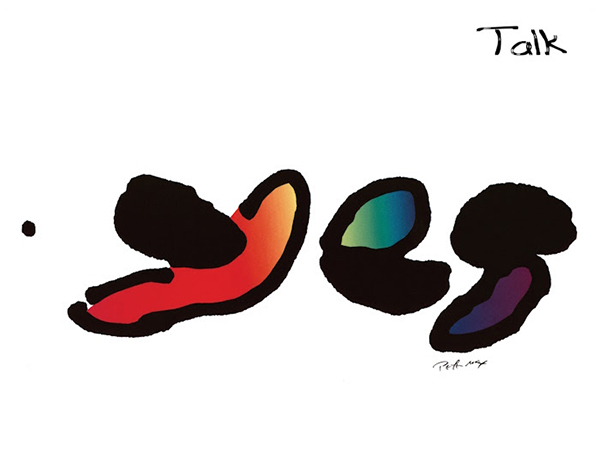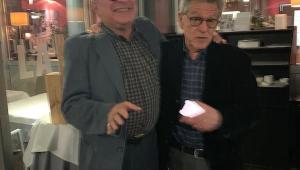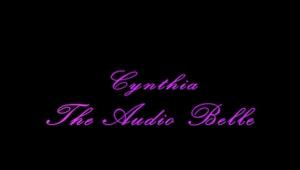Very nice deep dive interview.
Being a boomer that never caught peak YES back in the day for God knows what reason. I thought I just missed the bus. Then saw that ARW, Anderson, Rabin, and Wakeman were touring and was going to pass on the concert as I thought no way in Hell is Jon Anderson going to be able to have that voice soar. Driving a few days prior to the show and Roundabout came on the truck radio, damn, decided to go to the ARW show and so glad I caved and bought a ticket. Mr. Anderson sounded incredible and could not believe how easy and beautiful that voice sounded throughout the show. I was absolutely impressed and the band wasn't mailing it in but put on a wonderful concert with lots of fantastic early YES material.
What a fantastic vocalist.


